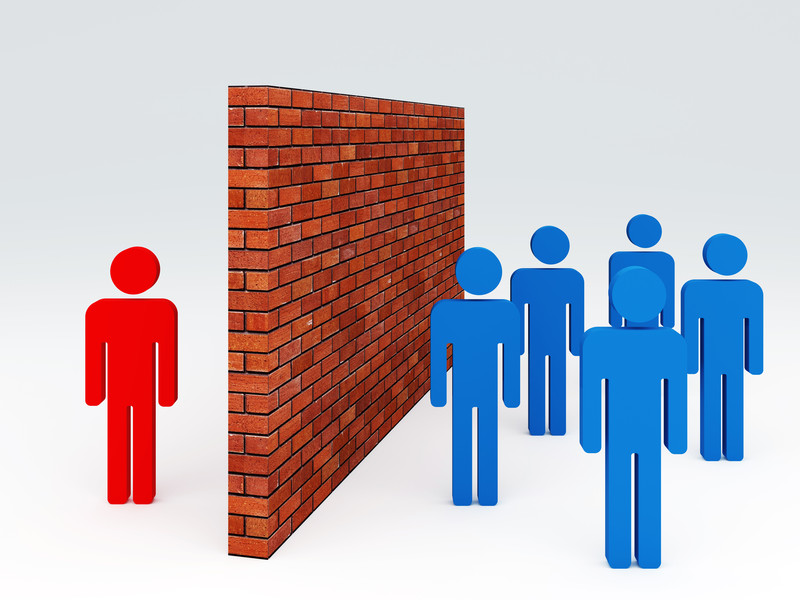Advertisement
A good social care worker knows that effective communication is a very important part of the job and understands that methods of communication used should be tailored to the individual. The table below lists three examples of barriers to communication and how they may be overcome.
| Barrier | How it can be overcome |
| 1. Language | If two individual’s do not share a common language, communication can be difficult as they will not be able to understand one another. A rudimentary form of communication can be utilised by using signs, gestures and/or pictures, however a better solution would be to employ the services of a translator or interpreter who is conversant in both languages. Over the long term, one or both individuals could learn the other’s language. |
| 2. Stress/Agitation | It can be difficult to communicate with an individual if they are feeling stressed or upset. In a heightened state of mind it is difficult for anyone to concentrate or hold a conversation, so the primary objective will be to help them return to their baseline. This can be done in a number of ways dependent on the individual. Examples include giving them time and space to calm down on their own, showing them empathy and compassion or offering solutions to their problem. Once the individual is in a calm state, the barrier will be lifted and communication can continue. |
| 3. Sensory Impairment (e.g. deaf, blind, non-verbal) | If an individual has a sensory impairment, communication difficulties can be overcome in a variety of ways. Deaf people may use a hearing aid to hear, use sign language or be able to lip read. It is also important to try to avoid an unnecessary background noise. Blind people are still able to speak and listen and can read using Braille. Non-verbal individuals may use writing, pictures, signs and/or gestures to communicate. |
This is not a definitive list. Other barriers to communication might include:
- Shyness: A shy individual may be very anxious about talking to other people, especially those they do not know well. This could be overcome by ensuring the individual is in a comfortable and (ideally) familiar environment, having people with them that they know and trust and working with the individual over the long-term to build trust.
- Vocabulary: Use of long words or technical jargon may confuse individuals who are not familiar with the vocabulary. This can be overcome by using plain simple language and keeping sentences short.
- Location: Perhaps the most obvious barrier of communication is the location of the two parties. There may be a long distance that makes meeting face-to-face impractical. Technology such as telephones and the Internet may be used to overcome this.
Advertisement
Advertisement

